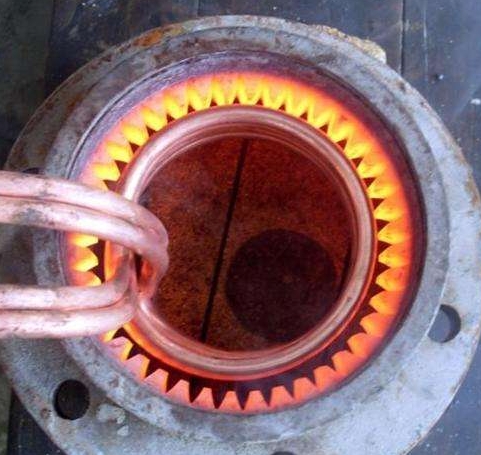- 07
- Mar
Quenching Machine Tool Control System Introduction
Quenching Machine Tool Control System Introduction
The control system of the double-frequency quenching machine tool is composed of the upper computer and four S7-200 PLCs. Four PLCs respectively control the operation console, the power frequency control power control cabinet, the motion control cabinet of the double frequency quenching machine tool, and the water pump operation control cabinet.
The four PLCs are composed of 485 communication interface shielded twisted pair wires and execute the Uss communication protocol. Judging from the current development trend, S7-300 should be used in different places to use ET200 expansion, and the communication adopts Profibus communication network, which has short response time, fast calculation speed, strong anti-interference ability, and improves temperature control accuracy.
This machine tool is equipped with the manual adjustment function of the horizontal and vertical directions of the transformer. The horizontal and vertical direction adjustment function of the sensor is a manual adjustment method. The manual adjustment function of the transformer two-dimensional direction can be realized through the screw pair and the adjustment handwheel. The movement is brisk and the adjustment is convenient.
After the adjustment is in place, the moving device is locked by the locking bolt, which can fully ensure that the correct position between the inductor and the workpiece does not change during the quenching process.
The host computer is mainly composed of three interfaces: the first interface displays real-time heat treatment data information; the second interface queries historical records and displays historical curves; the third interface is some function settings and EXCEL export.
After the interface design is completed, C# programming is performed. First, the initialization of the entire interface is completed, and then a directory is created to store historical data. At the same time, it is necessary to set the system time to synchronize the time of the industrial computer with the time of the PLC.

